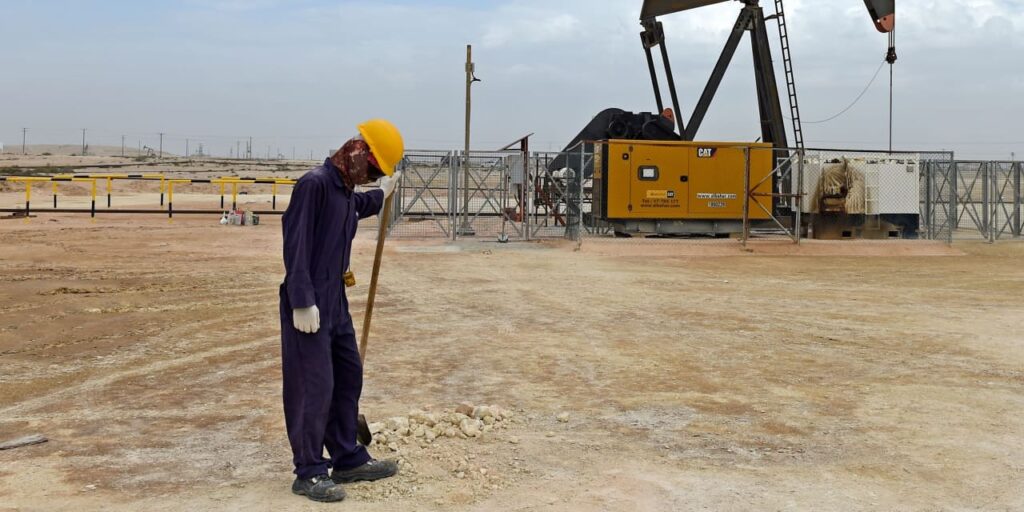Oil futures rose Friday, on track for weekly gains as rising tensions in the Middle East stoke fears of a wider war that could crimp crude supplies.
Market drivers
-
West Texas Intermediate crude for February delivery
CL00,
+1.40% CL.1,
+1.40% CLG24,
+1.40%
rose 49 cents, or 0.7%, to $72.68 a barrel on the New York Mercantile Exchange, on track for a 1.4% weekly gain. -
March Brent crude
BRN00,
+1.10% BRNH24,
+1.10% ,
the global benchmark, was up 30 cents, or 0.4%, at $77.89 a barrel on ICE Futures Europe, headed for a weekly rise of 1.1%.
Market drivers
Crude was on track to finish the first week of 2024 with a gain, as the market comes off a down year in 2023 dogged by worries over demand and a pickup in production by the U.S. and other producers as the Organization of the Petroleum Exporting Countries and its allies curbed output.
Attacks on shipping in the Red Sea by Iran-backed Houthi rebels in Yemen have prompted fears of a wider conflict that could significantly curtail crude flows out of the Middle East. So far, changes in shipping routes have led to increased demand for U.S. crude, pushing up exports.
See: Why Red Sea chaos is driving oil buyers ‘into the arms of U.S. shale producers’
“As a rapid de-escalation is hardly conceivable, we believe that oil prices should remain well supported,” Carsten Fritsch, commodity analyst at Commerzbank, said in a note.
The shutdown of Libya’s largest oil field by protesters this week has also provided support. Output at the field was seen at around 270,000 barrels a day.
Demand worries remain.
Crude slumped Thursday after government data showed U.S. gasoline inventories climbed by 10.9 million barrels last week, while distillate stockpiles were up by 10.1 million barrels last week. On average, analysts surveyed by S&P Global Commodity Insights expected the EIA to report gasoline inventories up by 2.3 million barrels and distillates up by 2.6 million barrels.
Read the full article here

